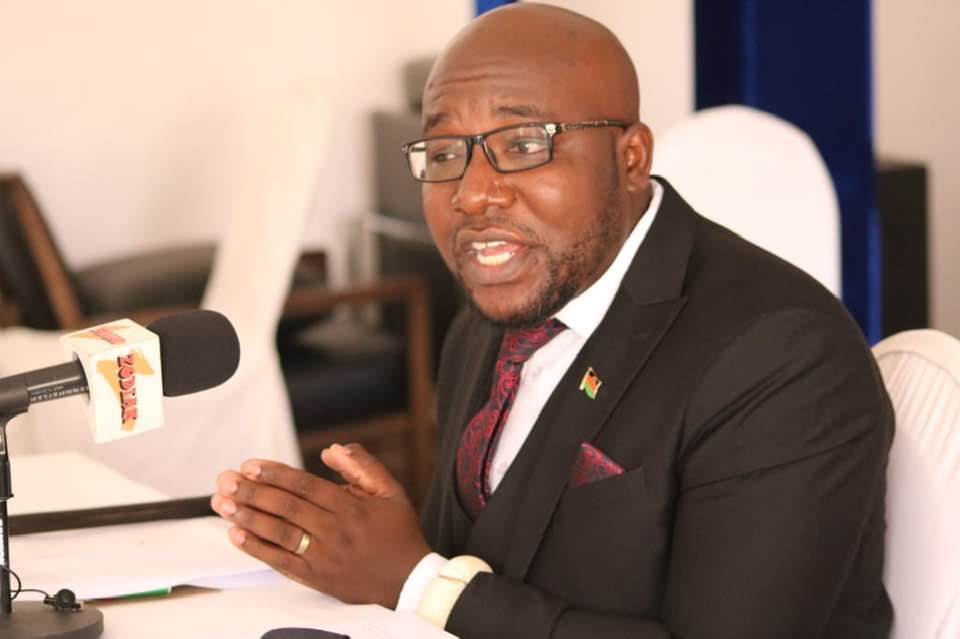K3 trillion needed to meet energy targets
Malawi needs about $3 billion (about K3 trillion) to meet targets for energy connections and demands prescribed in Malawi 2063, the country’s long-term development strategy, a World Bank report shows.
In its July 2023 issue of the Malawi Economic Monitor, the bank says Electricity Supply Corporation of Malawi (Escom) will have to triple its connection rate from 35 000 connections per year to 100 000 to ensure that the country can achieve the target of raising electricity access to 50 percent.
World Bank data shows that Malawi had the fourth-lowest energy access rate in Africa as of 2022, only surpassing South Sudan, Chad and Burundi, as the
country’s connection rate failed to keep abreast with rising population growth. Reads part of the report: “It is estimated that connecting all people to the grid will cost $2–3 billion, most of which will be borne by the Government, donors, or existing Escom [Electricity Supply Corporation of Malawi] customers.
“Achieving universal access also requires a concerted effort from the government and private sector to make best use of scarce public finance resources and to avoid duplicated efforts.”

machinery at Tedzani Hydro Power Station
Titled ‘Powering Malawi’s growth’, the report observes that Malawi will have to significantly revamp its energy sector to drive economic transformation and development in the country.
It observed that annual population growth rate of 2.8 percent has been outstripping the pace of electrification in recent years, as over 16 million Malawians currently lack access to electricity.
It reads: “While the rate of access has climbed from 11 percent in 2018 to 19 percent in 2023, owing to the expansion of the private sector-led off-grid solar home system (SHS) development, the share of the population linked to the grid has remained stagnant at about 12 percent.
“As a result, overall progress remains below expectations. A significant grid connection backlog of over 50 000 households demonstrates programme execution issues.”
Despite the Malawi 2063 First 10-Year Implementation Plan 1 (M1P) resetting the target to 50 percent by 2030, the bank fears that the business as usual approach will not move the country even above 30 percent.
On generation, the bank said Mpatamanga Hydro Power Station Project, with a capacity of 361 megawatts (MW), could help improve the situation.
“This will increase the current installed capacity [536 MW] by almost 70 percent,” the bank said.
In an interview on Wednesday, National Planning Commission director general Thomas Chataghalala Munthali agreed that the government, through the Ministry of Energy and its partners, will have to scale up energy production to stimulate economic activity.
He said: “We need to diversify the sources of energy, both in terms of on-grid and off-grid energy sources. We will also need to diversify the economy.
“That is why we need to look at the core areas of reforms that guide how we can rapidly produce energy to drive the key pillars of urbanisation, mining and industrialisation prescribed in the Malawi 2063.”
Ministry of Energy Principal Secretary Alfonso Chikuni said government has prioritised the development of off-grid systems to complement State-owned Escom’s efforts to improve energy access from the current 19 percent to 50 percent by 2030.
Minister of Energy Ibrahim Matola is on record as having said government will continue to implement energy generation projects to increase capacity to 1 000 MW by 2025.
Currently, Electricity Generation Company has a total installed generation capacity of 441.95MW, with 390.55MW from hydro power plants and 51.4MW from standby diesel power plants





